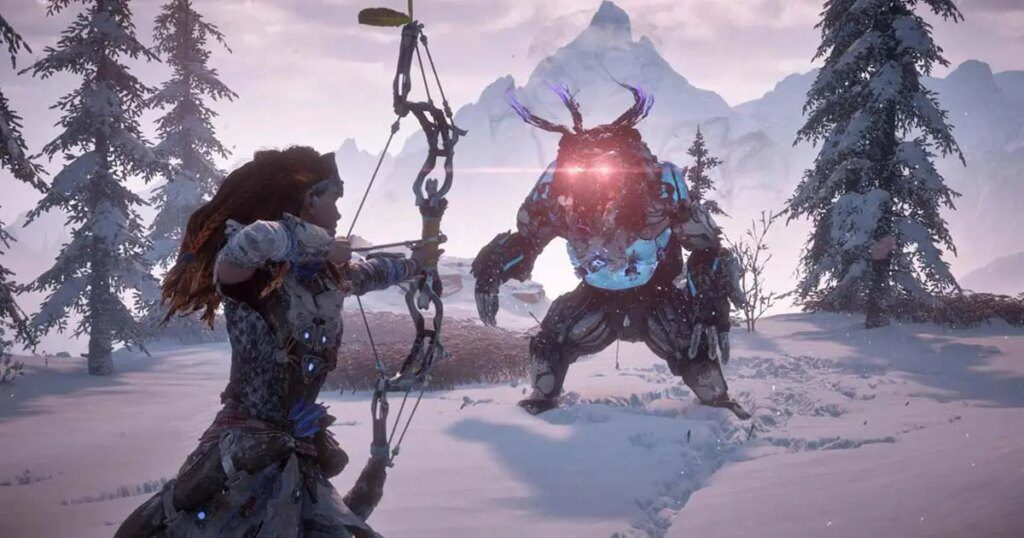The video game creation process is an intricate one that involves creativity, teamwork, and technical knowledge from concept art to final game. The process starts with concept art to create a visual representation of the game. From here, the game’s mechanics and storyline are created, and storyboarding visually maps out how the game levels progress. The programming stage is where the game starts to take shape, followed by art production to turn concept art into game assets. Sound design is also essential, as it adds depth and atmosphere to the game. Finally, rigorous testing and debugging are necessary before the game’s release.
Concept Art to Final Game: Understanding the Creative Process Behind Game Creation
Making a video game involves creativity, technical knowledge, teamwork, and expert planning. If you have ever been interested in how games are made, you may wonder what goes on behind the scenes. In this article, we will take you through the creative process behind game creation from Concept Art to Final Game.
Concept Art
Game development starts with a concept. This is where developers come up with the game’s story, characters, graphics, and gameplay. Concept Art refers to the creation of visual representations of these ideas. It is a crucial stage in the game development process as it sets the tone for the entire game.
Concept Art is often created by artists who specialize in video games. They usually start by brainstorming ideas with the game designers, producers, and writers. Once the ideas are solidified, the concept artists create sketches, illustrations, and storyboards to visualize this vision. The team then reviews these concepts, and changes may be made based on feedback.
Concept art may also include environmental design, character design, weapons design, and concept art for user interfaces. Games need to have a unique look and feel, and this is where Concept Art plays an important role. It helps to create a visual style that sets the game apart from others.
Game Design and Storyboarding
After the Concept Art is complete, the game designers and writers start working on the game’s mechanics and storyline. The designers will create a game map, design the gameplay levels and mechanics, and write a document outlining the game’s storyline.
Storyboarding is the process of creating a visual roadmap to show how the game levels progress. It is a way of detailing the action and flow of the game, which involves creating sketches, animations, and storyboards. This process can help identify flaws in the game’s progression and mechanics.
Programming
Programming is a vital part of game development. It involves taking the frameworks and mechanics created by the game designers and making them work. The programmers use coding languages such as C++, Java, and C# to create the game mechanics, graphics, and interface. They also create the game engine, which does the heavy lifting for the game, such as rendering graphics, physics calculations, and AI.
The Programming stage is where the game starts to take shape. While it may not be visually impressive at this point, it is where the game comes to life. The programmers will work on developing the game mechanics, such as player movement, object interactions, and AI behavior. The game will start to look like a game!
Art Production
After programming is complete, the game shifts to the Art Production stage. This is where the concept art previously created is turned into the actual game assets. It includes the creation of character models, environmental objects, textures, and animations.
The Art Production stage requires a team of experienced artists who are skilled in 3D modelling and animation. They work on creating the game’s non-playable characters, weapons, environmental objects, and populating the game world with assets.
Sound Design
The Sound Design is an often-overlooked aspect of game development. It is an essential part that adds depth, emotion, and atmosphere to the game. The Sound Design stage involves creating and mixing sound effects, music, and dialogues.
The sound designers use a variety of tools such as digital audio workstations, synthesizers, and samplers to create unique sound effects that match the game’s mood and theme. They also create music that matches the gameplay mechanics and storyline. The voice actors record the dialogue, which is then edited and added to the game.
Testing and Debugging
The game is finally complete, but before release, it undergoes rigorous testing and debugging to fix any issues or bugs in the game. Playtesting is an essential part of this stage, as it helps to get feedback on the game mechanics, story, and gameplay.
The testing stage is where developers also ensure that the game meets the technical requirements, such as its stability, compatibility, and performance. The team will identify and document any bugs or issues, and work to fix them before release.
Final Thoughts
The process of making a game is an incredibly complex one that requires a lot of creativity, teamwork, and technical knowledge. The industry has its ups and downs, and this process can often take years. Understanding the process behind the creation of a video game can give you an appreciation of the effort and skill required to bring games to life.
